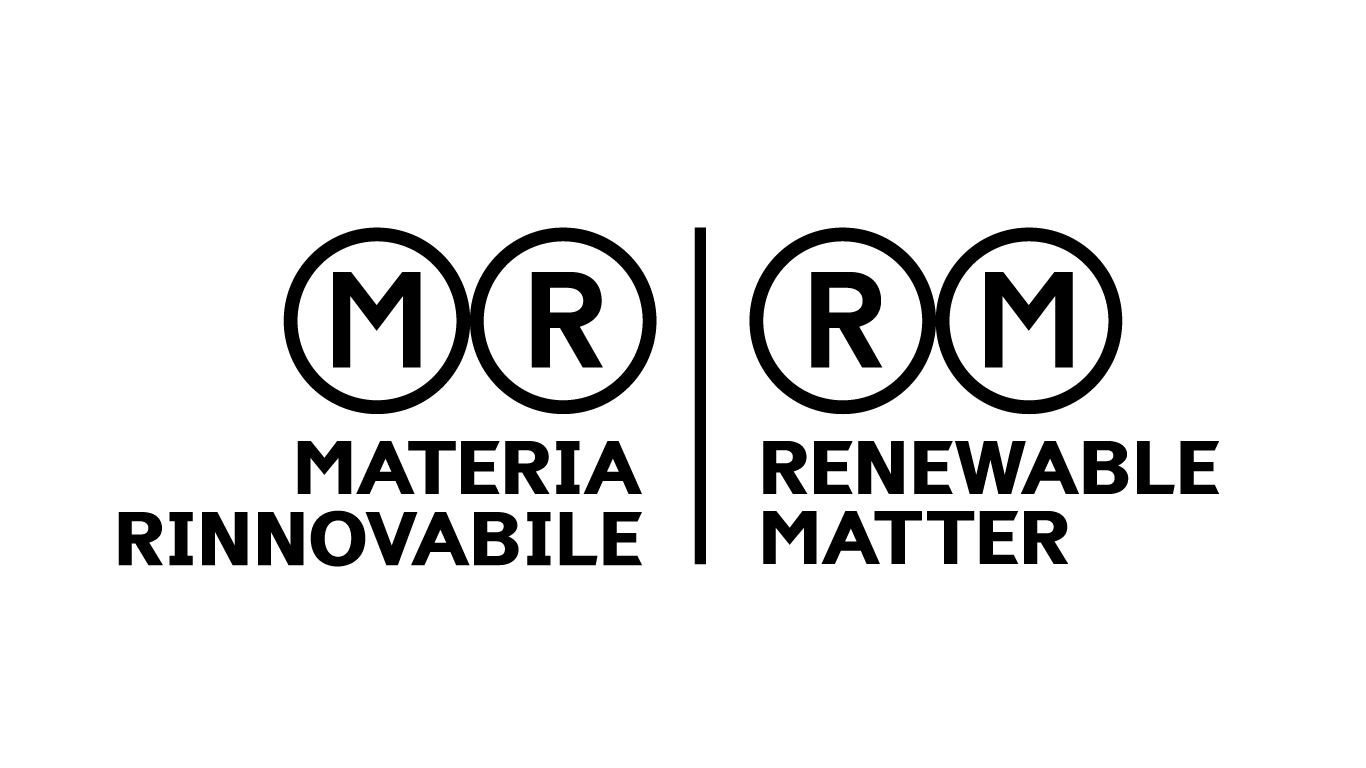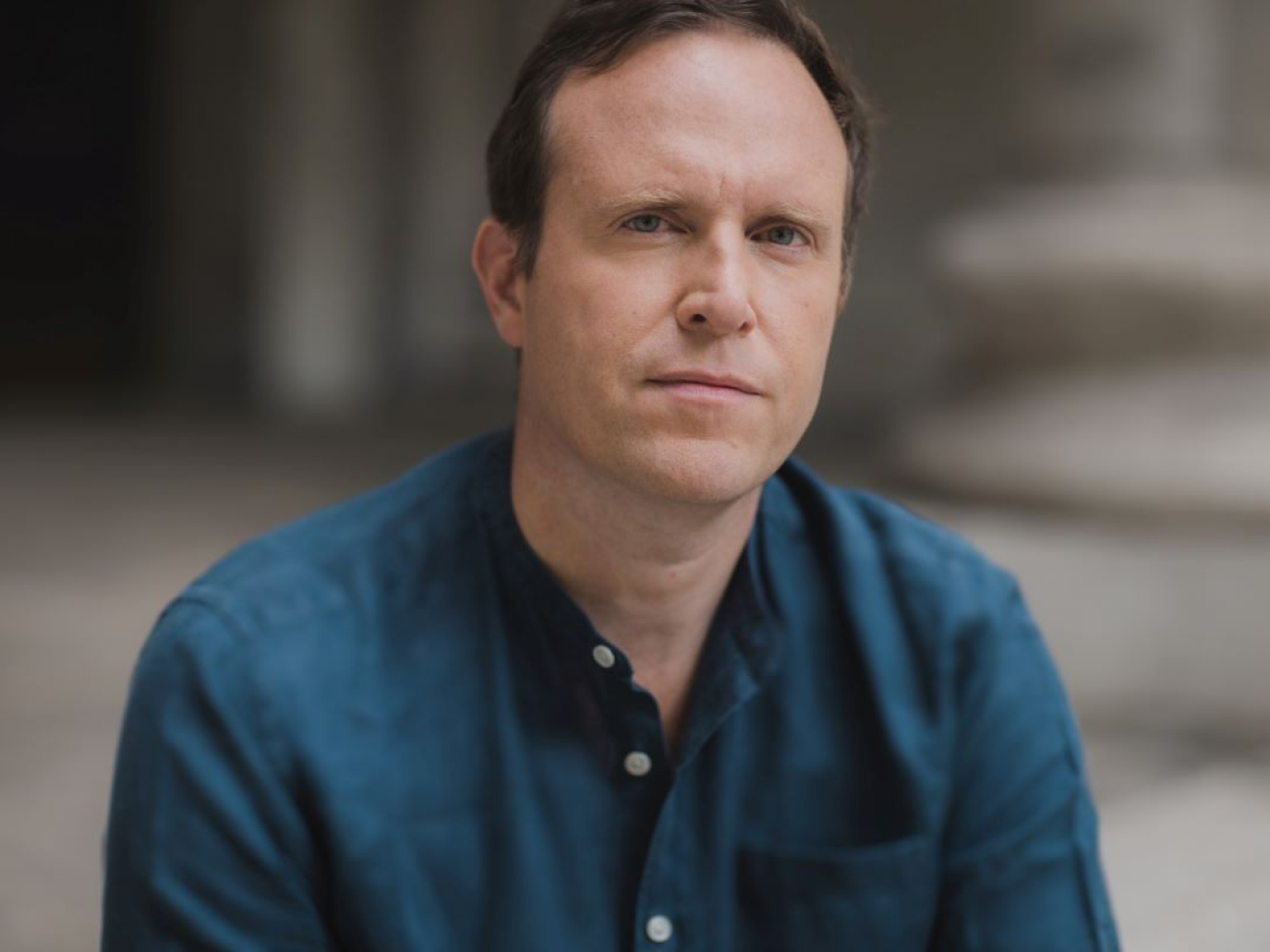This article is also available in Italian / Questo articolo è disponibile anche in italiano
The digital revolution, the dematerialisation of work, the web, and social networks may give us the illusion that we have lightened our material footprint on the world. We live and work in constant connection to virtual environments, yet we increasingly lose sight of our link to the tangible world of resources, minerals extracted from rock, tools sunk into the ground, of matter. In truth, it is still, and will always be, the physical framework of the material world that supports the immaterial realm in which we, deceiving ourselves, believe we reside.
Ed Conway addresses this distortion of perspective in his book Material World: A Substantial Story of Our Past and Future, published by WH Allen and winner of the Italian Galileo Prize in November 2024.
The British writer and journalist embarks on an extraordinary journey into the material world, tracing the complex process that transforms silica sand into microchips, descending into deep, white salt mines, entering the blast furnaces where rock is smelted to obtain iron, slipping through the copper cables that carry electricity to every corner of the globe, sneaking into oil refineries, and peering over the edge of the eerie salt lakes from which lithium is extracted. Along the way, he maps the intricate web of global supply chains, environmental impacts, and geopolitical interests and questions the resilience of our civilisation, often dangling from the vulnerability of industrial monopolies in the world’s most remote corners.
We sat down for an in-depth conversation with Ed Conway about the challenges we face today and the demands of the future, caught between the material and the immaterial worlds.
How did the idea of writing this book come about?
I wanted to understand the world a bit better. I am an economics writer and journalist, and I think a lot of economists aren't really that interested in where things come from. They are more focused on their price. I have always wondered where all the products I use daily come from, what raw materials must be extracted from the earth to produce them, and what happens along the way. I find it quite an interesting story. Once you start that journey, visiting mines and manufacturing places, then you start to realise that a lot of these processes are really energy intensive. And a lot of things that look very modern and “clean”, like silicon chips or solar panels, actually generate a lot of carbon emissions during production. There are, of course, life cycle reasons why in the long run it is better to procure power from solar panels rather than from coal. However, I believe many people have little understanding of the processes involved in transforming raw materials into everyday products. This makes it an interesting lens through which to consider the climate crisis.
The book builds a history of civilisation through six materials: sand, salt, iron, copper, oil, and lithium. Why did you choose these six?
Well, I like data. But there was no data, there was no table or graphs that could say that these are the most important substances in the world. So I just did something quite journalistic: I spoke to a lot of people – geologists, scientists, economists, experts from the manufacturing sector – and asked their opinion. I knew that I wanted to talk about sand, because from sand you can have silicon chips, but also concrete, and those are pretty fundamental. I knew that I would probably need to talk about copper, because it is essential for electricity. However, there were certain materials that I was less sure about. For example, I needed a material used for batteries, and initially, I thought that I should be talking about cobalt, much of which is mined in Congo and is linked to controversial human rights issues. However, the battery experts I talked to said that the element that will continue to be really important is lithium. It is very difficult to go without lithium due to its high energy density, whereas good batteries can still be made without cobalt. And then there is salt. Many geologists told me it is an extremely interesting material, but it wasn’t until I discovered just how many chemicals and pharmaceuticals we rely on are based on salt that I decided to include it. For example, tap water is purified with chlorine, which comes from salt. Lithium in solar panels is extracted with the help of chemicals, also derived from salt. Today, a huge part of our life support systems derives from salt, just as it did for our ancestors.
Despite progress, our dependence on the material world has not changed much over the centuries.
One of the features that defines us as humans is our ability to extract rocks from the ground and turn them into tools that we use to improve our standard of living. Today we take stones and turn them into silicon chips; our ancestors took stones and turned them into axes. It is still the same pattern, even if it is much more sophisticated these days. Yet, we don't spend much time thinking about our connection, as a species, with the world around us. I think that is part of the reason why we have been less conscious about the environmental damage we cause.
This relationship between the material and the immaterial world is the underlying theme of your book. When do you think we started to believe that we live in an "immaterial world"?
It is a really good question. I think it happened quite recently. It wasn't that long ago that most people worked either in agriculture, manufacturing, or mining. And when you are working in those kinds of sectors, you are part of a physical supply structure. In Europe, we used to have massive manufacturing companies, chemicals firms, giant assembly plants, and our car companies were much bigger. Millions of people worked here. It is only in the last 50 years or so that we have become much more efficient, and we don't need as many people to work in agriculture or mining, since we mostly just go and extract from somewhere else in the world. And the same thing is true for manufacturing. Therefore, fewer and fewer people are physically involved in the production chain from raw material to final product, and the existence of this long journey doesn't feel real to us.
However, this false perception seems to belong primarily to Western countries.
Yes, it is certainly a perception more widespread in Europe and the United States. However, generally, we can say that these processes have become so efficient that you just don't need as many people working at oil refineries or chemical plants. What is striking for me when I visit some of these places, is that there is no one there. In a steel plant, historically you would have thousands and thousands of people working there, but today everything is so automated that you only need a few hundred. This applies for basically almost all of the processes I am talking about. Semiconductor manufacturing in Taiwan is so automated that the facilities are called "lights out fabs," meaning you can simply turn off the lights because there is no need for a single human being inside, and the factory keeps running. The result of all this is that the "material world" is no longer at the top of people's minds. Agriculture is a tiny fraction of our GDP. It is 1% of GDP in the United Kingdom, and it used to be 45%. Yet we still need to eat. If one focuses only on GDP, as many economists do, it is easy to think that one euro of GDP from a social network is equivalent to one euro of GDP from agriculture or mining. However, if anyone thinks about that rationally, clearly it is not true because that euro of GDP from agriculture can potentially keep us alive; while it wouldn't be the end of the world if Facebook didn't exist. And to me, that is a bit of a blind spot within economics.
That is another very interesting point addressed in your book: the decoupling of the monetary value of materials from their actual importance to our lives.
Yes. In some ways it is a success story because these goods have become cheaper: food is cheaper, concrete is cheaper... However, you lose sight of the fact that if it wasn't for the concrete, then many of the occupations we have today wouldn’t be possible. At the moment, there aren't any mechanisms in place within conventional economics that help us adjust for this value, which is a big deal.
Another striking point you address in your book is the complexity of global supply chains. The shortage of semiconductors, which took many governments by surprise during the pandemic, suddenly made us aware of this complexity. Do you think that today’s policymakers and institutions are a little more aware of how global supply chains work?
Well, I think the pandemic sounded many wake-up calls in this regard. The semiconductor shortage was one. Also, the shortage of PPE, meaning personal protective equipment like face masks, was another example. In the book, I wrote about another story. In the UK, there was a fertiliser plant that shut down because of the high price of gas. That same plant also produced the carbon dioxide that is used to make fizzy drinks, as well as the one used for pig slaughtering. And so, the shutdown of this plant, much to the surprise of the British government, suddenly meant that we didn't have bacon for breakfast anymore. These examples show that our understanding of how these supply chains work is incredibly primitive. I think we can and we should be doing more work to try to map, visualise, and understand how businesses are interdependent on one another. One of the essays I took inspiration from was a 1950s book by Leonard Read called I, Pencil, where the author explains the supply chain of a pencil. It was written at the height of the Cold War, when a lot of people thought about central planning as a possible solution. However, Read shows a supply chain that was so complex that no single person knew and understood every different part of it. How can centralised planning really be achieved? This was the main message that people like Milton Friedman took from that essay. But to me, you don't have to be a big believer in central planning to think that there is some value in having a better understanding of the interrelationship of different companies and different processes in the supply chain. In the US, the Department of Commerce has carried out an extensive investigation into the supply chain for silicon chips. I don't see why we shouldn't be doing this for every sector. I know that it is impossible to understand everything, but in the same way that we try to understand the total aggregate performance of the economy using GDP, I don't see why we couldn't try to understand the interrelationship of the different parts of the economy using some other measure. But right now, no one, as far as I know, is doing that. And that is a problem.
Indeed, it is, also because this complexity hides a rather scary aspect such as the presence of monopolies. Along the semiconductor supply chain, we can find some of the scariest examples of this, like the story of the Spruce Pine mine, which you describe in your book. This mine in North Carolina is the only source on the entire planet of highly pure quartz, which is used to make crucibles in which silicon for chips is melted. If something were to happen to this mine, the entire microchip supply chain would be jeopardised.
Exactly. Recently, Hurricane Helen caused massive flooding in Spruce Pine and the mine was closed for weeks. Suddenly people realised that this place is really important, and it is very vulnerable. There are a lot of these critical points… I think globalisation encourages firms to try to specialise in whatever obscure process they can to become the very cheapest manufacturer in that particular resource. Thus, there are lots of factories around the world that are so specialised that they might be one of maybe two or three places that produce certain components, and we simply don’t know how exposed we are until one of those factories encounters a problem. Once again, we need to try and think of the world economy more as a map of dependencies. It is as if we were in the early period of world exploration, when good maps didn’t yet exist. We need to create them.
Talking about dependencies, the story of raw materials goes hand in hand with the story of energy. Is there any chance, in your opinion, that with the new energy transition, we will be able to avoid the mistakes and impacts of the previous ones?
We should be careful not to assume that we are wiser than our ancestors, because often they were much smarter than we think. However, I do think that there is an opportunity to try and do this transition in a better way. We are aware of many of the mistakes made in the past, but the problem is that we continue to make them. So, we will probably end up causing damage along the way. We cannot deny that achieving net zero while maintaining our standard of living will require much more resource exploitation, because we need to build the infrastructure, transformers, pylons, wind turbines, and batteries. And this is a massive industrial infrastructure undertaking.
Indeed, we believe that we are living in an era of dematerialisation, in which fewer and fewer resources are extracted. But the counterintuitive truth is that mining activity is increasing and will keep increasing in the coming years. What can we do about that? Do you think that the circular economy can play a role in this?
Well, I just don't know. Some days I am optimistic about it, and some days I am pessimistic. The whole point of the energy transition, rather than taking minerals out of the ground and burning them, is taking minerals out of the ground and building with them. And the goods that you build, whether it is wind turbines or electric car batteries, are theoretically recyclable. Even though at the moment we are not very good at recycling them, we can improve. In theory, we could have more of a closed loop. However, the reality is that a completely closed loop is not possible from a thermodynamics perspective. Thus, we will still need to extract resources in the future, although not as much. However, what makes me a little doubtful about the final outcome of this process is that some humans like to constantly think of new things to make with all the energy and materials we have. When the LED light bulb was invented, its creators received the Nobel Prize because it was said it would save the planet. But the reality is that, instead of being satisfied with maintaining the same amount of lighting, we have greatly increased the number of LED light bulbs everywhere, since this technology is very cheap and accessible.
It is the paradox of efficiency...
Yes, exactly. It is a paradox. The appetite for stuff increases, it never decreases. And that doesn't mean change is impossible, but it is a Sisyphean task. It is a very difficult process. As I said, sometimes I am an optimist, and sometimes I am a pessimist.
Cover: Ed Convey



